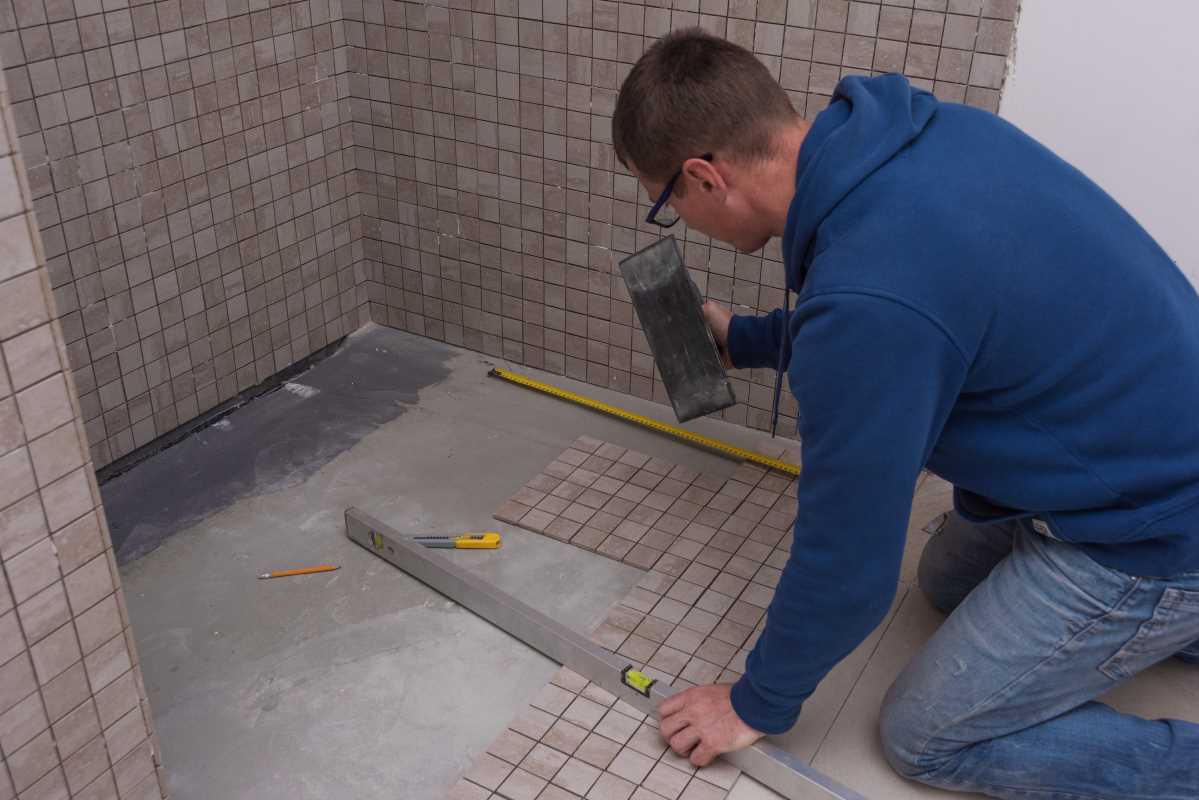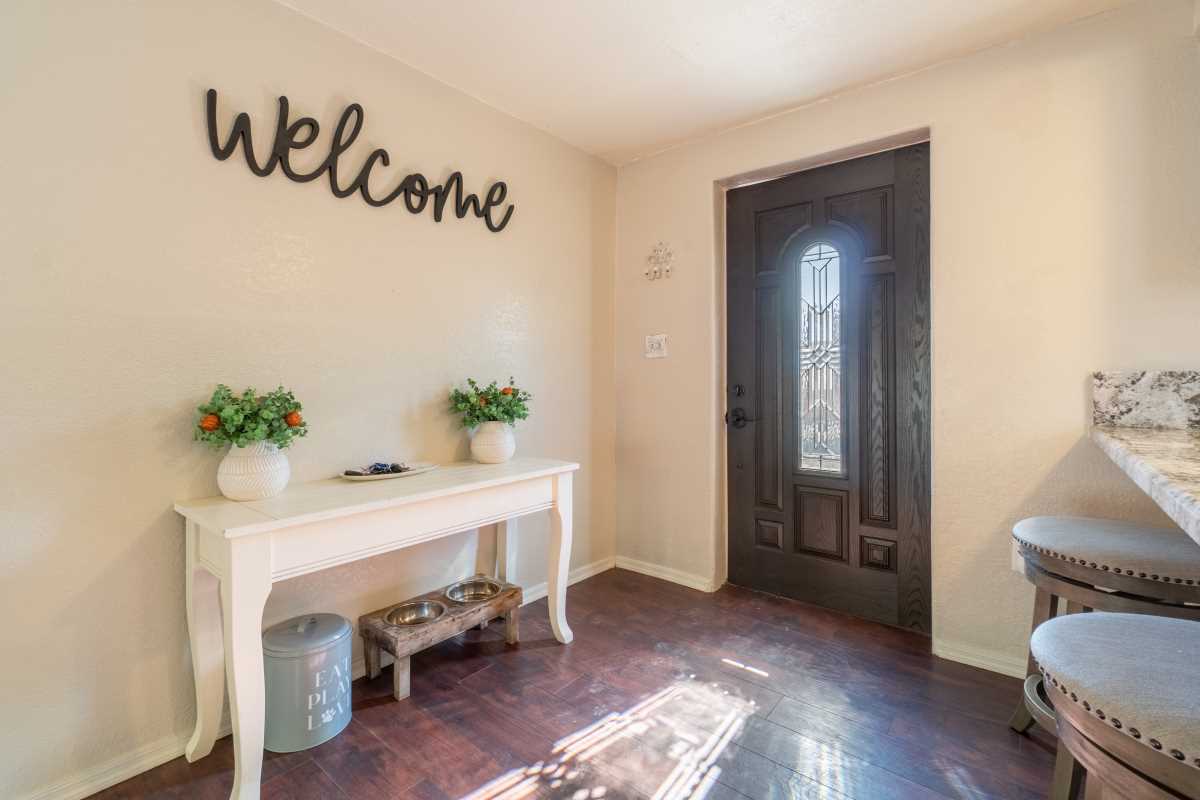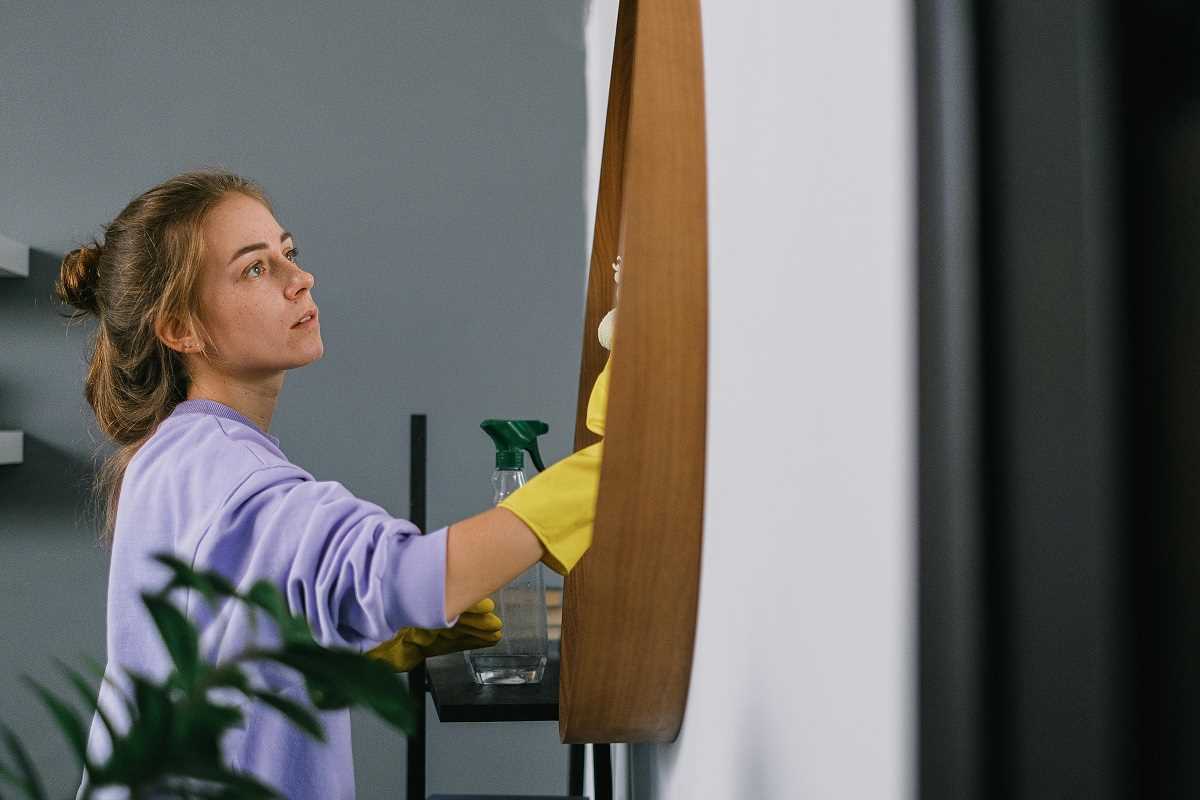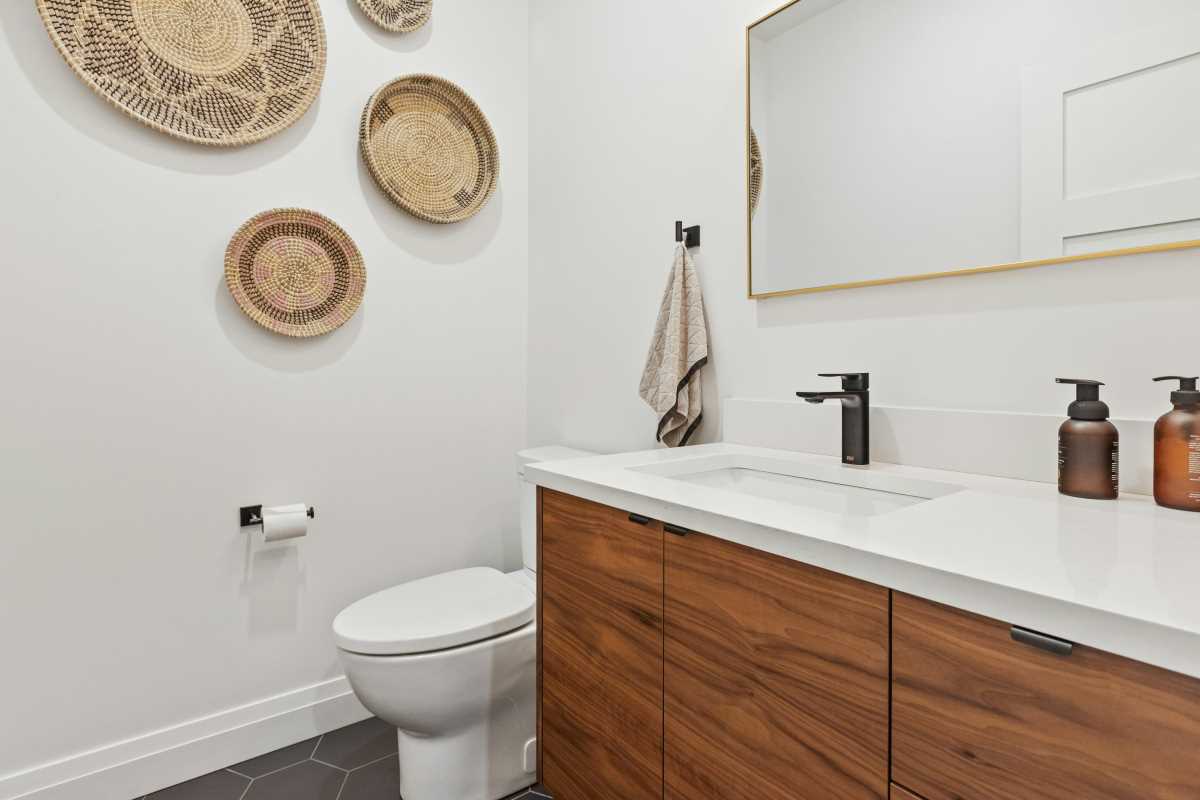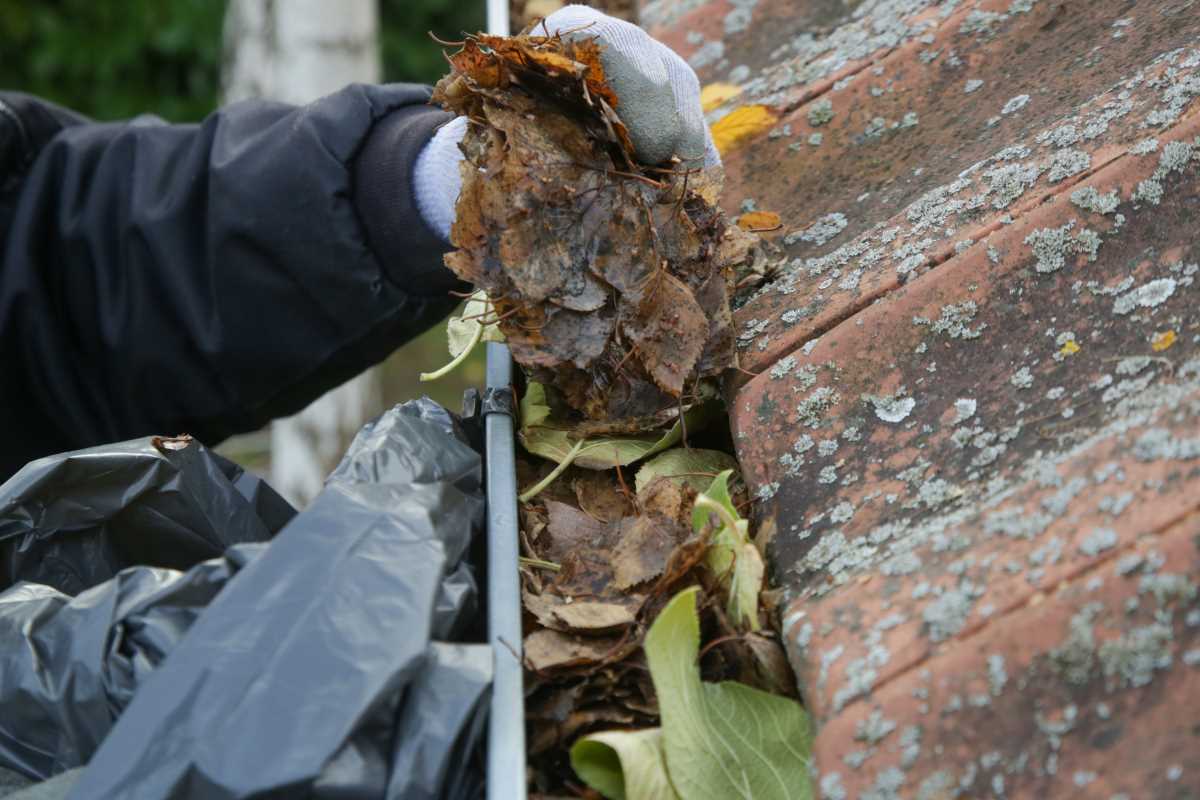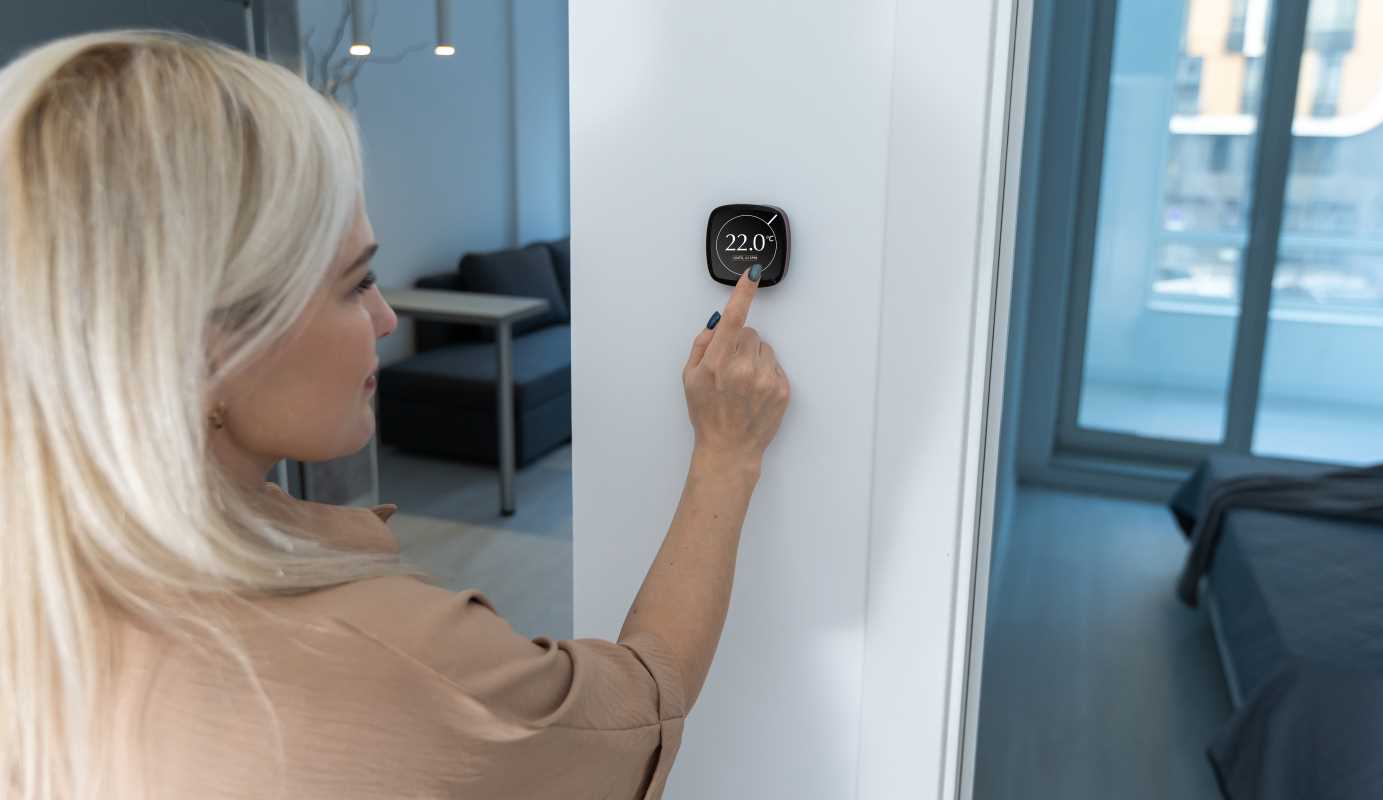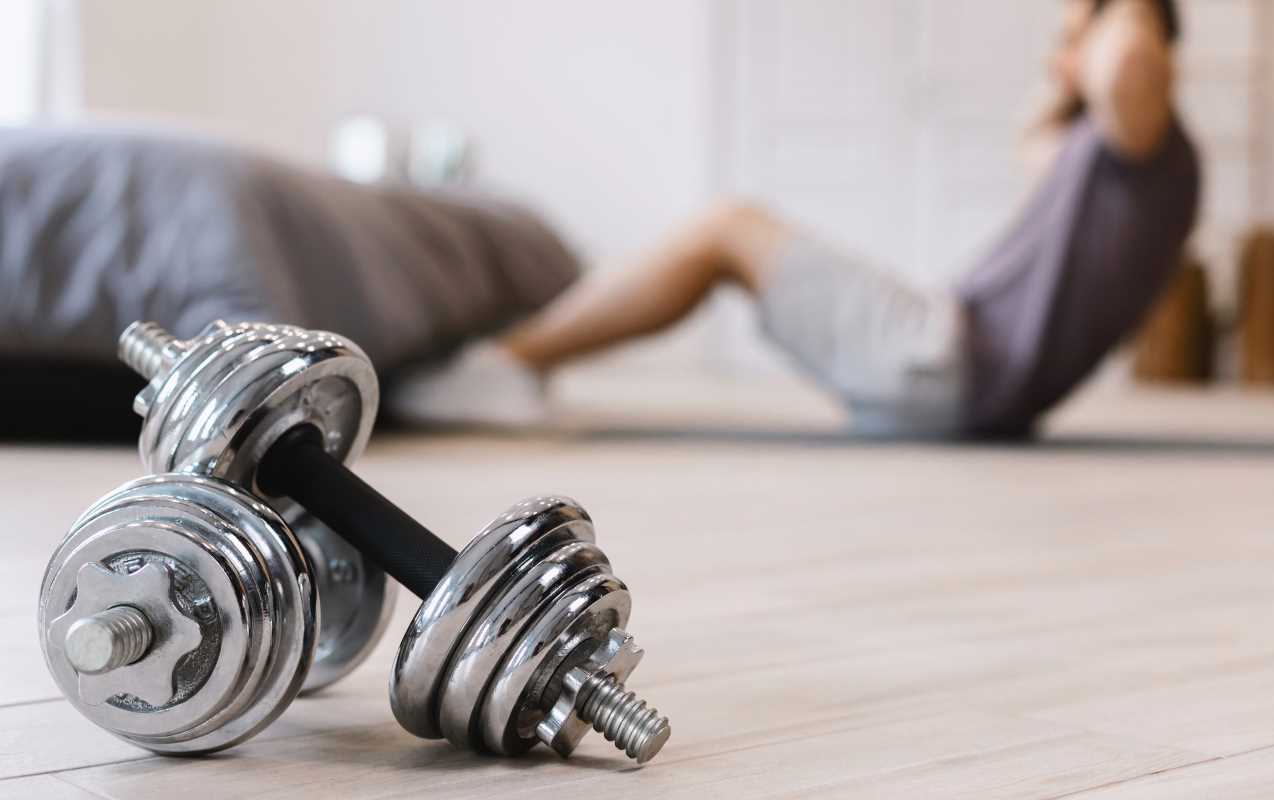Indoor plants do more than just liven up your home. They improve air quality, boost your mood, and even reduce stress. If you’re new to plant care, the idea of “keeping something alive” might sound overwhelming, especially if you don’t have a naturally green thumb. But here’s the good news: caring for indoor plants doesn’t have to be complicated. With the right plants and a few simple care tips, even complete beginners can cultivate a thriving indoor garden. This guide will walk you through how to select the best beginner-friendly plants, understand their basic needs, and troubleshoot common problems. By the end, you might even feel confident enough to start your own vegetable garden!
Choosing the Right Plants
Picking the right plants is half the battle when you’re starting out. Some plants are naturally fuss-free and can withstand a little neglect, while others demand constant attention. To set yourself up for success, begin with hardy varieties that are forgiving of mistakes.
Here’s a list of beginner-friendly plants to get you started:
- Snake Plant (Sansevieria): Nicknamed "the plant of steel," this one doesn’t mind if you forget to water it for a few weeks. It thrives in both bright and low light!
- Pothos: Known as the “beginner’s best friend," pothos plants grow quickly and can tolerate various light conditions. Their cascading vines add a great touch to any space.
- Spider Plant: With its air-purifying properties and fast growth, the spider plant is a great choice. Bonus? It produces tiny “baby” plants that you can re-pot.
- ZZ Plant: The ZZ plant is exceptionally low-maintenance, thriving in low light and requiring minimal water.
- Aloe Vera: A double win. This plant looks great and has a soothing gel in its leaves for cuts or burns. Aloe loves the sun and doesn’t need frequent watering.
- Succulents: This is more of a group of plants because they go by many names. They're convenient because you can forget about watering them for a month, and they'll be okay.
Start with one or two of these plants and get comfortable caring for them before expanding your collection.
Light Requirements Made Simple
Every plant has its light preferences, but understanding a few basics can help you meet their needs. Most plants fall into three categories based on light requirements:
- Bright, Indirect Light: Most houseplants love this. Think of sunlight filtered through sheer curtains or positioned a few feet away from a sunny window.
- Low Light: Perfect for spots farther from a window, like a bathroom or hallway. Snake plants and ZZ plants are champs in these conditions.
- Direct Sunlight: Only a few houseplants, like cacti and succulents, enjoy soaking in direct rays.
Before you bring your plant home, locate its future spot and make sure it matches the plant’s light preference. If you’re unsure, observe the natural light patterns in your home throughout the day to see where the sun hits and for how long.
If you find you don’t have enough natural light, don’t fret! Grow lights are an excellent option to mimic sunlight and help your plants thrive indoors.
Watering 101
Watering is where most plant parents go wrong, but it’s easier than you think. The biggest mistake? Overwatering! Plants don’t like sitting in soggy soil, as this can lead to root rot, a problem that’s tricky to fix. Here’s what you need to know to water the right way:
- Check Before You Water: Stick your finger an inch or two into the soil. If it feels dry, it might be time to water. If it’s still damp, wait a little longer.
- Use the Right Amount: Water until you see it come out of the drainage holes at the bottom of the pot. This ensures the roots are evenly hydrated.
- Stick to a Loose Schedule: Instead of watering every “X” number of days, observe your plant’s needs. Some need watering once a week, while others (like succulents) need much less.
Choosing the Right Soil and Pots
Not all dirt is the same. Indoor plants thrive in specific types of potting soil, so avoid buying the wrong bag.
- Potting Mix: This store-bought mix is fluffy and drains well, keeping the roots happy. Look for one labeled “all-purpose” for most houseplants. For succulents and cacti, opt for a well-draining mix.
- Pots with Drainage Holes: These are non-negotiable. Without drainage, water can collect in the bottom of your pot, causing plant roots to rot. If you find that perfect decorative pot but it doesn’t have holes, use it as a sleeve to cover a smaller pot with drainage.
Repot your plants every year or two to refresh their soil and give them more space to grow. The best time for this is spring, when most plants start their growing season.
Humidity and Temperature
Most indoor plants come from tropical regions, meaning they love humidity. During winter or in dry climates, indoor air can get too dry. You can boost humidity with these tips:
- Use a Humidifier: Your plants will thank you!
- Group Plants Together: Plants naturally release moisture, so grouping them can create a little humidity bubble.
Keep plants away from drafty windows, heaters, and air conditioners, as extreme temperatures can stress them out. Most plants are happy in the same range of temperatures you are. This is usually around 65-75°F.
pH Levels
The pH level of soil plays a vital role in the health of indoor plants, as it directly impacts their ability to absorb essential nutrients like nitrogen, phosphorus, and potassium. Most indoor plants thrive in slightly acidic to neutral soil, with an ideal pH range of 6.0 to 7.0. However, some plants, like succulents, prefer more alkaline conditions, while others, such as ferns or azaleas, thrive in more acidic environments. Regularly testing the soil's pH and adjusting it with amendments like lime to raise pH or sulfur to lower it can help ensure your plants stay healthy and vibrant. You can check the pH level of your plants using a simple pH tester.
Troubleshooting Common Problems
Even with the best care, your plants might occasionally look a little sad. Here’s how to diagnose and fix some common issues:
- Yellow Leaves: This could mean overwatering, underwatering, or insufficient light. Check your plant’s conditions to identify what’s wrong.
- Brown Tips: This might be due to low humidity or too much fertilizer. Try adding more moisture to the air or cutting back on plant food.
- Drooping Leaves: It’s often a sign of thirst. Water your plant and see if it perks up within a few hours.
- Pests: Tiny bugs like spider mites or fungus gnats can appear. Wipe leaves with soapy water or use insecticidal soap to handle infestations.
Don’t be discouraged if things go wrong. Plants are resilient, and you’ll get better at spotting and solving problems as you gain experience.
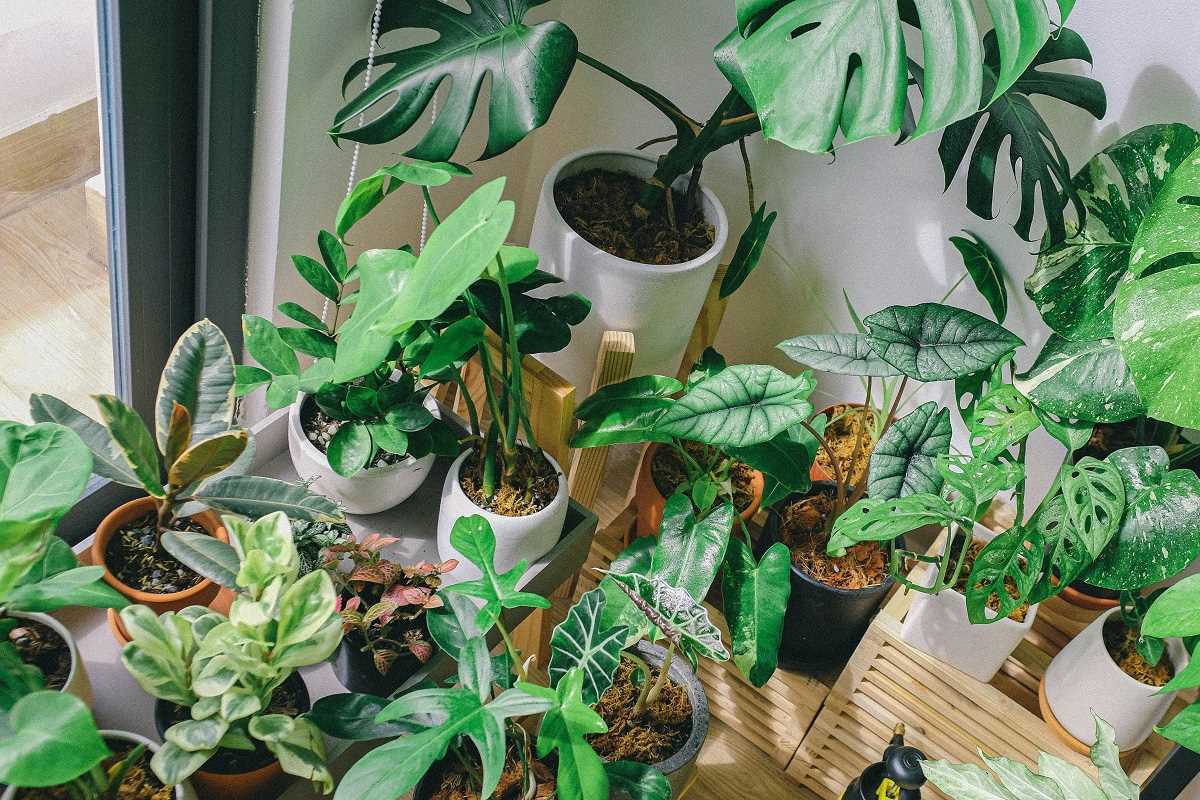 (Image via
(Image via